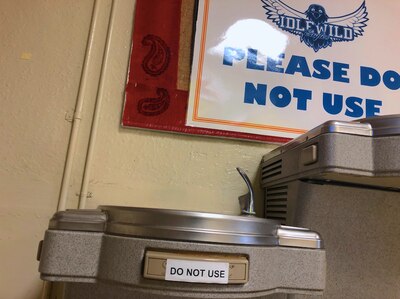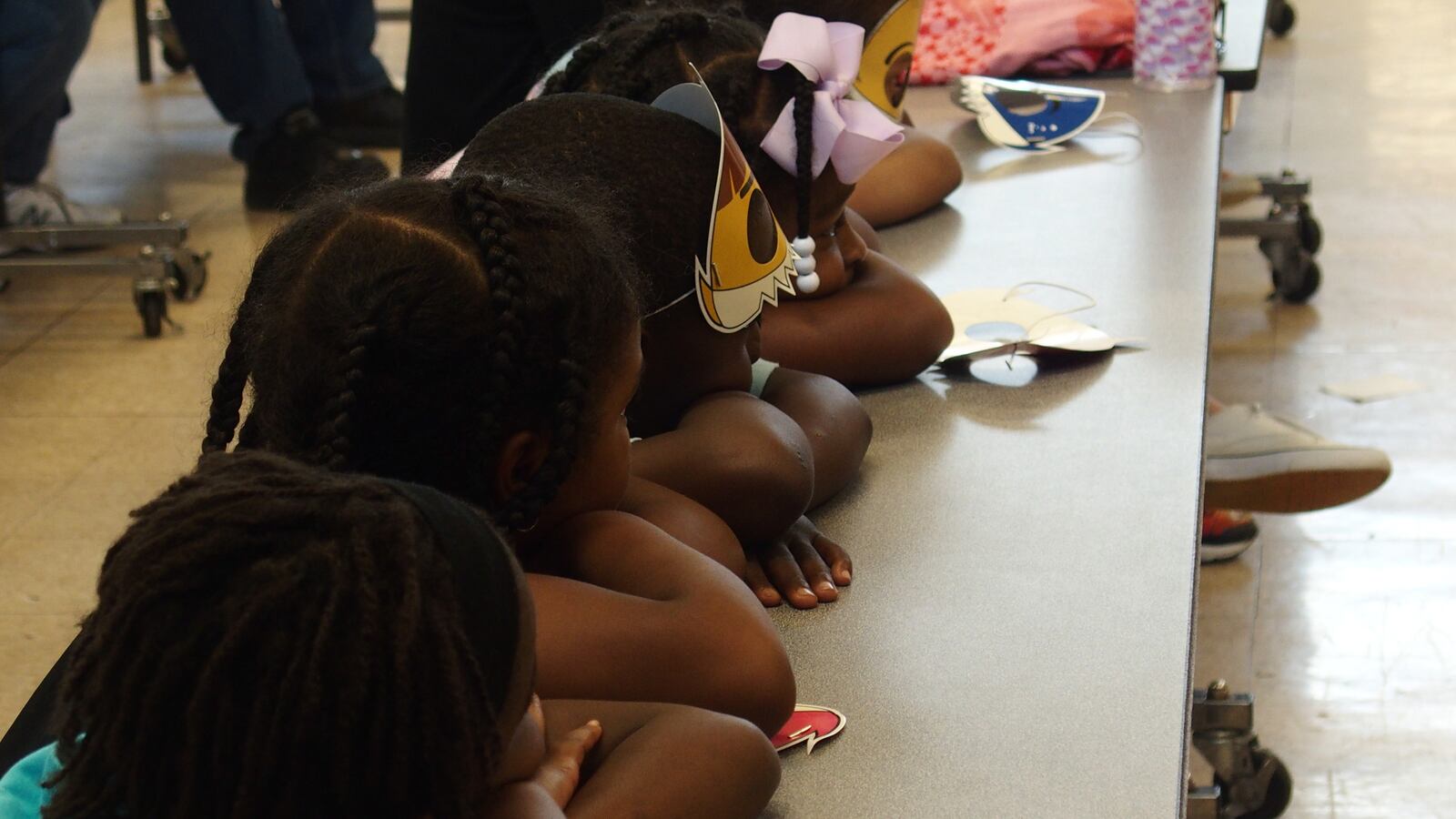Hundreds of Memphis children who attend schools that recently reported high levels of lead in the water will be tested by health department officials as part of widespread testing on the campuses.

About three dozen schools in Tennessee’s largest district tested positive for high levels of lead in at least one water source. The findings are a result of a new state law requiring districts to test all water sources for lead and remove them if they have more than 20 parts of lead per billion parts of water.
Those water sources were shut off, Shelby County Schools said, but lead in water at school is only a small source of possible lead exposure for children. Experts say lead paint in buildings constructed before 1978 is the most common source of exposure.
Kristy Sullivan, whose daughter attends a Memphis elementary school that found some of the highest levels of lead in the district, said the city and county should address lead exposure in homes, too.
“We have turned off the water sources, but does that address the root cause?” she said. “We should be capitalizing on this moment and educating families in our communities.”
The health department’s free optional tests in schools will seek to find out if students or staff have 5 micrograms of lead per deciliter of blood or higher — the level of concern for federal agencies. For children, ingesting even low levels of lead can interfere with brain development, cause aggressiveness or inattentiveness, and impede academic achievement, according to the U.S. Environmental Protection Agency.
Shelby County Schools is still awaiting water test results from the 57 charter schools it oversees. The more than two dozen schools in the Achievement School District in Memphis submit results to the state separately, officials said. Other districts in the county and across the state started reporting results earlier this year.
Here’s what you should know about possible sources of lead exposure:
Lead isn’t just in the water.
Experts say most children with high concentrations of lead in their blood get it from lead paint chipping off of walls. Infants and toddlers are most at risk because of their tendency to put things in their mouths. But lead dust from the walls can be inhaled by older children.
Tennessee’s new law does not address lead-based paint in schools, a material banned in 1978. New York City’s public schools have reported hundreds of classrooms with lead dust or peeling lead-based paint and are working to remediate the problem — but environmental advocates and district officials are at odds on how to fix it.
“The real villain in these matters are lead paint residues. It’s not water,” said Kim Dietrich, a retired environmental health professor at the University of Cincinnati College of Medicine who advised the Centers for Disease Control.
Lead isn’t just in schools.
Nearly 200,000 Memphis homes were built before 1978, when lead paint and pipes were common, according to the city’s division of housing and community development.
The city recently received a federal grant to remove lead paint from 120 homes where low-income families live with young children. City officials consider any home built before 1978 to be at risk for lead paint because the top layers of paint could deteriorate over time.
“There’s always a risk. If it’s not deteriorating, is not a problem. If it’s deteriorating, you don’t know how deep the exposure goes,” said Marticus Muhammad, the manger for city’s lead paint removal program.

The most recent water quality report from the city’s utility company, Memphis Light, Gas & Water showed just three homes tested higher than the federal limit of 15 parts per billion. But only 50 high-risk homes were tested for the report. The main cause was lead particles seeping into the water through corroding lead pipes, according to the report.
High levels of lead in Memphis children are rarely reported.
Health officials find an average of 92 children in Shelby County younger than 6 have high levels of lead in their blood every year, according to annual reports to the U.S. Centers for Disease Control and Prevention between 2012 and 2017. But that’s only from testing an average of about 17,000 children younger than 6, or one in five.
The county’s health department estimates it will test 19,000 children on top of normal testing — which would more than double the number of children usually tested each year. About 93,000 students attend district-run schools.
There are similarities to the water crisis in Flint, but some key differences too. In Flint, the lead seeped into the water because of poor treatment, exposing the entire population to lead’s dangers. In Memphis schools, the lead came from pipes connected to specific water sources such as water fountains and sinks, district officials said. But the impact on children could be the same depending on the exposure.
At the peak of the water crisis in Flint, 10% of high-risk water samples throughout the city tested above 20 parts per billion for lead. That’s compared with 2% of water samples in Memphis schools.
Parents can get their homes tested and can apply for assistance to remove hazardous materials.
The City of Memphis offers free lead-based paint inspections and remediation for families with low incomes through its Lead Safe Memphis program in the division of housing and community development. The program has removed lead paint from 1,900 homes over the last three decades. MLGW offers free water testing kits for lead in homes. To order a free kit, call (901) 320-3962 or email waterlab@mlgw.org.


